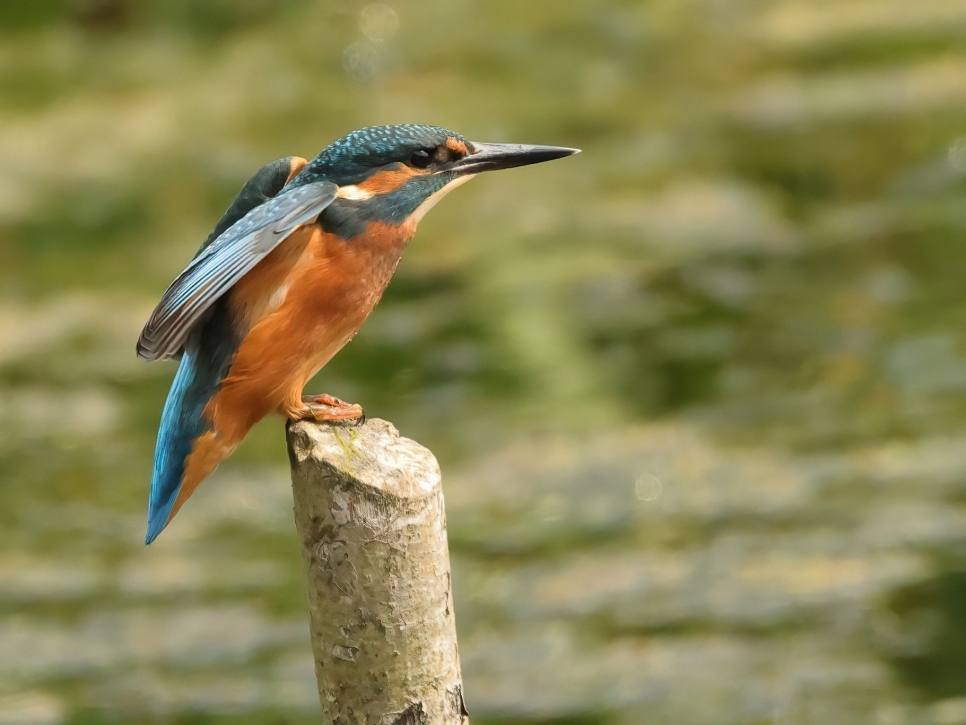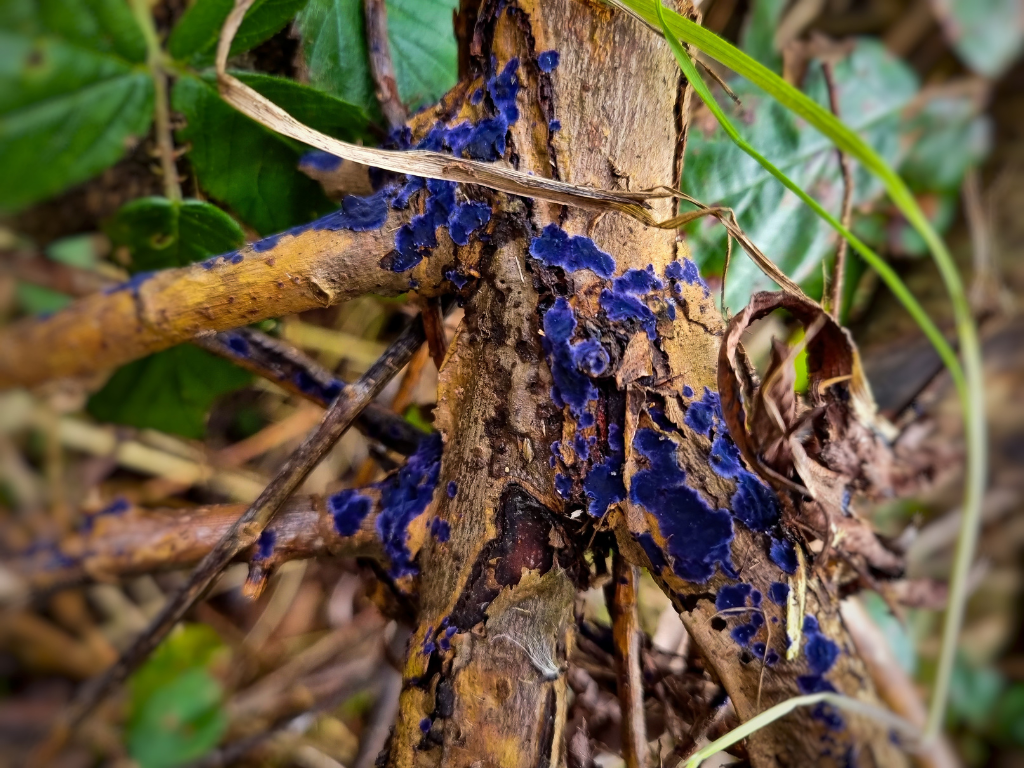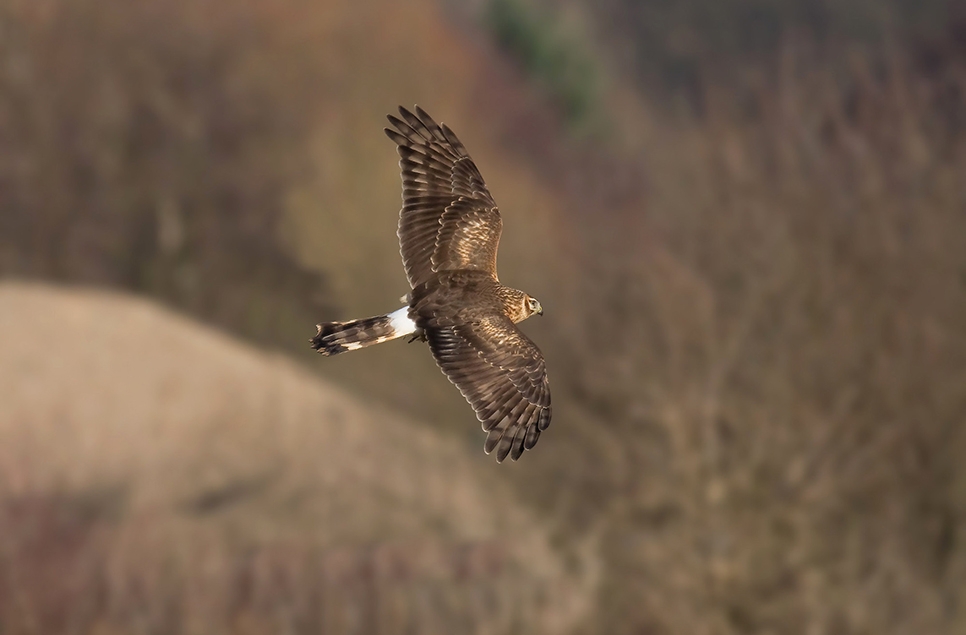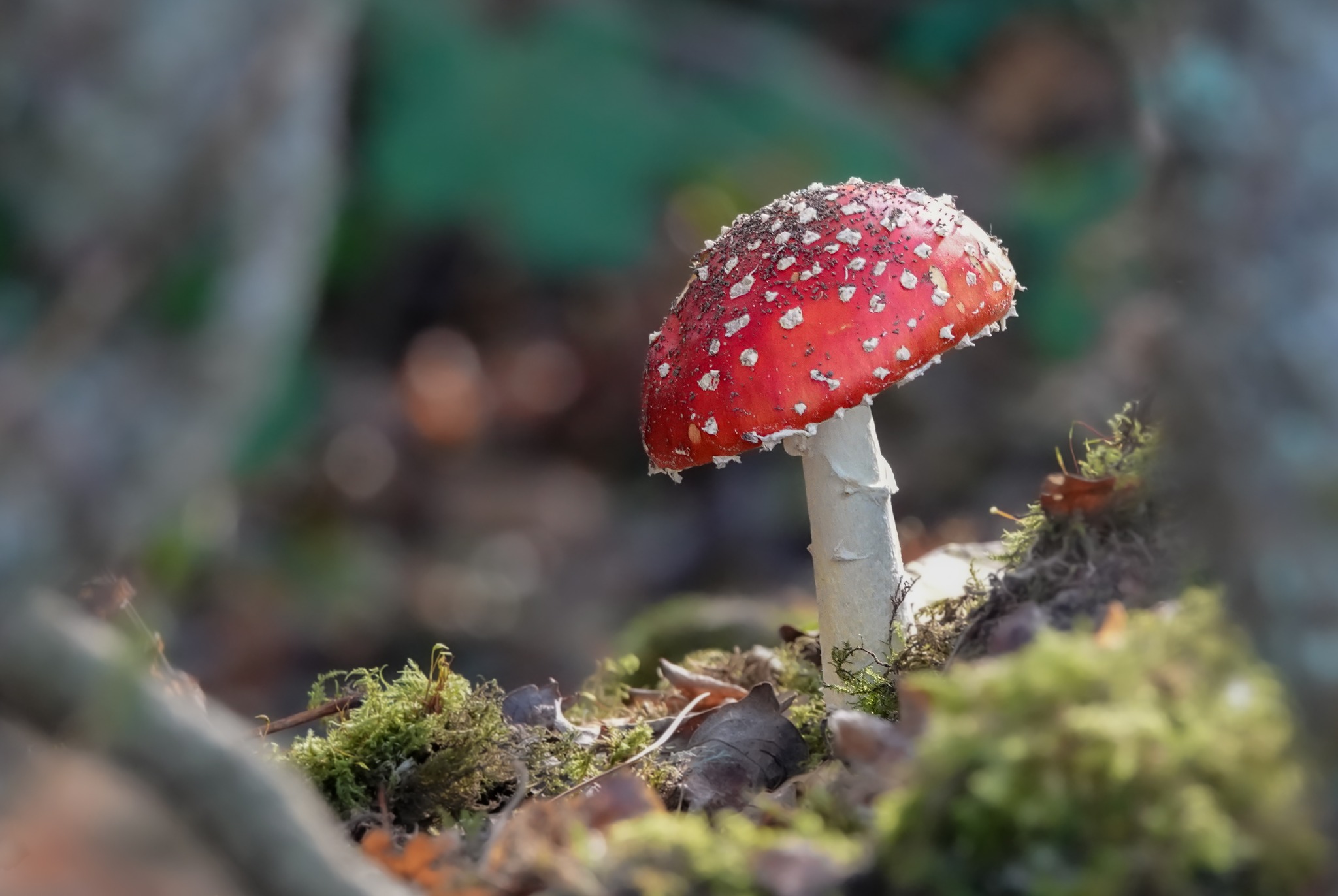Kingfisher, Marsh Harrier, Canary-Shouldered Thorn, and a blinged-out Black-Tailed Godwit
Dive in, the kingfishers have!

You'll love this week's 'mane' event
Wildlife Sightings at WWT Llanelli from 4th – 10th August 2025
Highlights: Kingfisher, Marsh Harrier, Canary-Shouldered Thorn, Black-Tailed Godwit
The Kingfishers have been super active this week, putting on a show for visitors with their daring dives and dazzling feathers! Spotted across the site, from Deep Water Lake to the Canoe Safari, it’s always worth keeping an eye out for them!
On Monday afternoon, Black-Tailed Godwits on the Dafen Scrapes were sent into a frenzy by a female Marsh Harrier disrupting the peace. Despite the panic, Marsh Harriers rarely hunt for prey so large, instead favouring rodents, ducklings and amphibians. When hunting, they fly low with their wings held in a shallow ‘V’ shape, intently watching below to locate prey – a technique known as quartering.
Our next highlight of the week is the Canary-Shouldered Thorn, a moth with the mane of a lion! Named for the colour of this 'mane', it is the most vibrant of all of the thorns. Fluffy moths may look like they are covered in hair, but these structures are actually modified scales made of chitin. Apart from looking cute and fuzzy, these scales help moths avoid predation from Bats by dampening sound, making it difficult to locate them with echolocation. Additionally, like mammals' fur, the fluff is used to insulate! Although not uncommon, this adorable moth is very striking and certainly one to look out for, especially in moth traps due to their attraction to artificial light.
Our final highlight has been a frequent visitor for many years, a very fashionable Black-Tailed Godwit that has been showing off its seven rings (watch out, Ariana) on the Saline Lagoon. With its black, pink, and blue banded legs – it truly stands out. From sighting records of this bird dating back to 2021, we’ve found that it enjoys travelling between here and Belfast frequently, often spending the early spring in Northern Ireland before flying over 200 miles to visit us in the summer and through to the autumn. That’s a long flight – even for a bird – prompting the occasional stop-off in Cheshire for a little break before continuing on to us!
Featured Photo Credit: Jay Thomas



